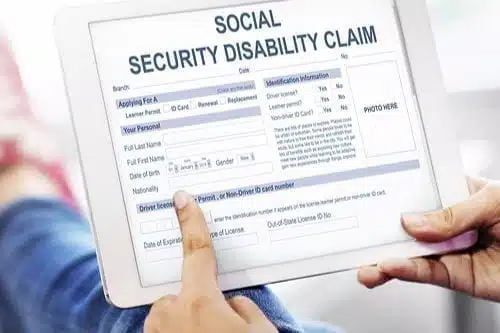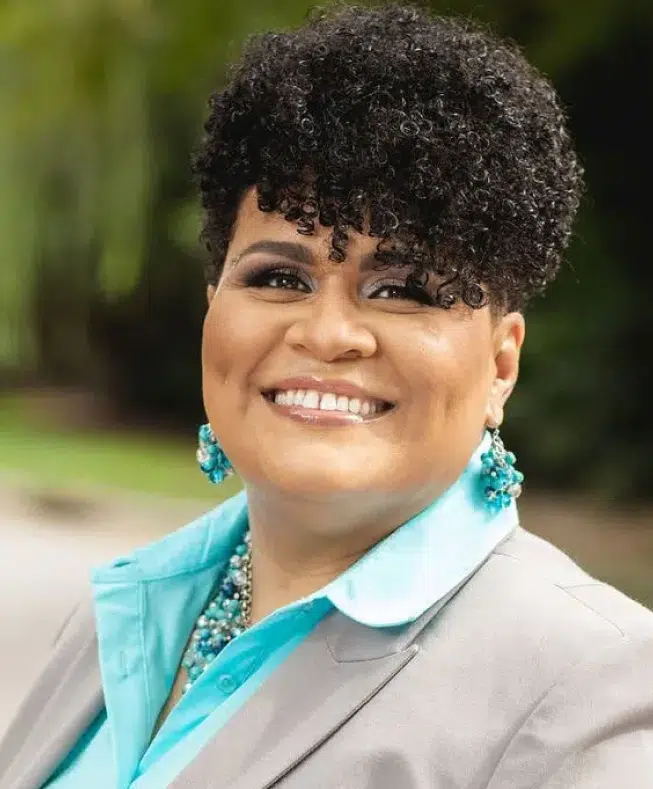
Spina Bifida can be devastating for newborns and parents. As people with Spina Bifida age, they must live with the of the disease. If your was born with Spina Bifida or if your own Spina Bifida has stopped you from working, you need to consider applying for Social Security .
The Bishop Law Firm offers free case reviews and we do not get paid unless you win. Call us today or start your free case review online now.
Types of Social Security - SSDI and SSI
SSDI (Social Security Insurance) is based on the credits from the work you have done in your life. You must be found disabled before your date last insured (DLI) to be found eligible for SSDI. Your DLI is calculated by counting your “quarters of coverage” from your earnings record. You must have 20 “quarters of coverage” of the last 40 quarters.
Simply put, you must have worked 5 years of the last ten years (in general). In addition, Disabled Children can be eligible for benefits off their parent’s account.
SSI (Supplemental Security Income) is a need-based program and you must meet income/asset standards in addition to being found disabled under the five steps above. In 2023, SSI is $914 per month for an individual and $1,371 for an eligible couple. SSI will be reduced by 1/3 if you are receiving financial help from others. In NC, SSI recipients are also entitled to Medicaid.
SSI is also available for disabled children and is evaluated under a different standard than adults. Children must have a medically determinable physical or mental or impairments (including emotional or learning problems) which result in marked and severe functional limitations, and the (s) has lasted or can be expected to last for a continuous period of at least 12 months or be expected to result in death.
SSI terminates when the turns 18. The claimant will then have to reapply and be evaluated under the above sequential evaluation.
Before you or your are found eligible for SSDI or SSI, you must be found disabled under SSA's Five Step Sequential Evaluation (for adults) or the standard of .
Types of Spina Bifida
According to the Spina Bifida Association , Spina Bifida is the most common permanently disabling in the United States. Spina bifida, which literally means “cleft ,” is characterized by the incomplete development of the , , and/or (the protective covering around the and ). Found here .
There are four types of Spina Bifida: Occulta (mildest), closed defects, Meningocele and Myelomeningocele (most serious).
Occulta is the mildest and most common form in which one or more are malformed. The name “occulta,” which means “hidden,” indicates that a layer of skin covers the malformation or opening in the . This form of spina bifida, present in 10-20 percent of the general population, rarely causes or .
Closed defects make up the second type of spina bifida. This form consists of a diverse group of defects in which the is marked by malformations of fat, bone, or . In most instances there are few or no ; in others the malformation causes incomplete with urinary and .
In the third type, meningocele , spinal and protrude through an abnormal vertebral opening; the malformation contains no neural elements and may or may not be covered by a layer of skin. Some individuals with meningocele may have few or no while others may experience such as complete with and .
Myelomeningocele , the fourth form, is the most severe and occurs when the /neural elements are exposed through the opening in the , resulting in partial or complete of the parts of the body below the spinal opening. The may be so severe that the affected individual is unable to walk and may have and the National Institute of and Stroke.
in the form of other neurological disorders can arise from your Spina Bifida such as or tethered cord. The treatments for Spina Bifida vary on the severity of the disease. Preventing infection of the exposed nerves/tissues is the first step and usually follows. Fetal can also be performed during .
After , , and management, shunting and management are all options.
?
Simply being diagnosed with Spina Bifida will not automatically qualify you or your for . As with all impairments under Social Security , the severity of your illness is more important than the name.
Social Security can find you disabled based on your Spina Bifida in different ways. The listings, the Medical Vocational Guidelines (The Grids) or on the combination of your impairments.
The Social Security Administration will need evidence in the form of medical records and school records (for children) to be found eligible for disability benefits.
Under the listings, Section 11.00 Neurological-Adult (or 111.00 for children), can be used. Listing 11.08 discusses spinal cord disorders. this listing requires complete loss of function persisting for 3 months OR disorganization of motor function in two extremities that results in a extreme limitation in standing or walking OR marked limitation in physical functioning AND difficulties with mental functioning.
Listing 11.08, as with most listings, is difficult to meet. If you have complete loss of function or are unable to stand or walk, working is the last thing on your mind. Of the three ways discussed by 11.08, the marked limitation in physical and mental functioning is the most accessible to claimants.
But what is a marked limitation? SSA has defined marked as "Marked" limitation also means a limitation that is "more than moderate" but "less than extreme." It is the equivalent of the functioning we would expect to find on standardized testing with scores that are at least two, but less than three, standard deviations below the mean" via SSA.
In my experience, having occasional difficulties would not be enough to rise to the level of "marked." If you are frequently experiencing symptoms from your Spina Bifida (daily) and you are also having problems remember information or interacting with others or concentrating or taking care of yourself, you may meet 11.08.
If you do not meet a listing, and you are over 50, SSA can use "The Grids" to find you disabled if you are having problems walking, standing, sitting or lifting weight. Notes from your doctor about your restrictions are helpful in evaluating your claim for disability benefits.
The SSA can also use the combination of your impairments to find you disabled. As discussed above, Spina Bifida can co-occur with hydrocephalus or tethered cord syndrome. In addition, as we age, additional health issues can arise that complicate Spina Bifida symptoms, such as degenerative disc disease or neuropathy. The combination of your symptoms may eliminate work for you.
If your was born with Spina Bifida, you should file for SSI as soon as possible on their behalf. If you were born with Spina Bifida and can no longer work because of your , you should file for benefits as soon as possible. The Bishop Law Firm represents clients with disability claims in Raleigh, NC and surrounding areas. Call us today for a free case review, (919) 615-3095.

